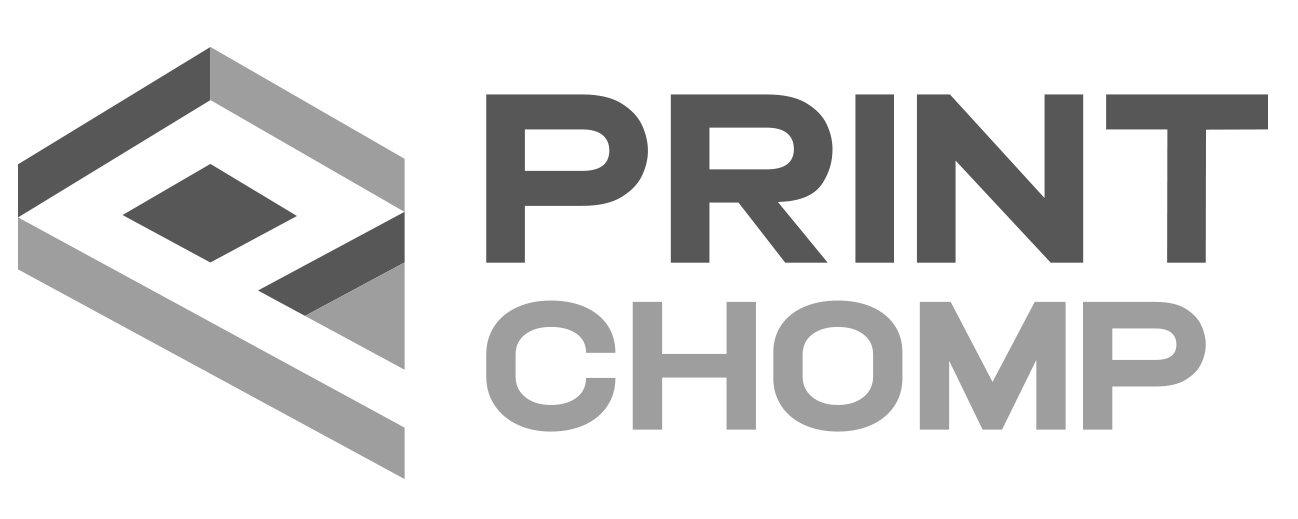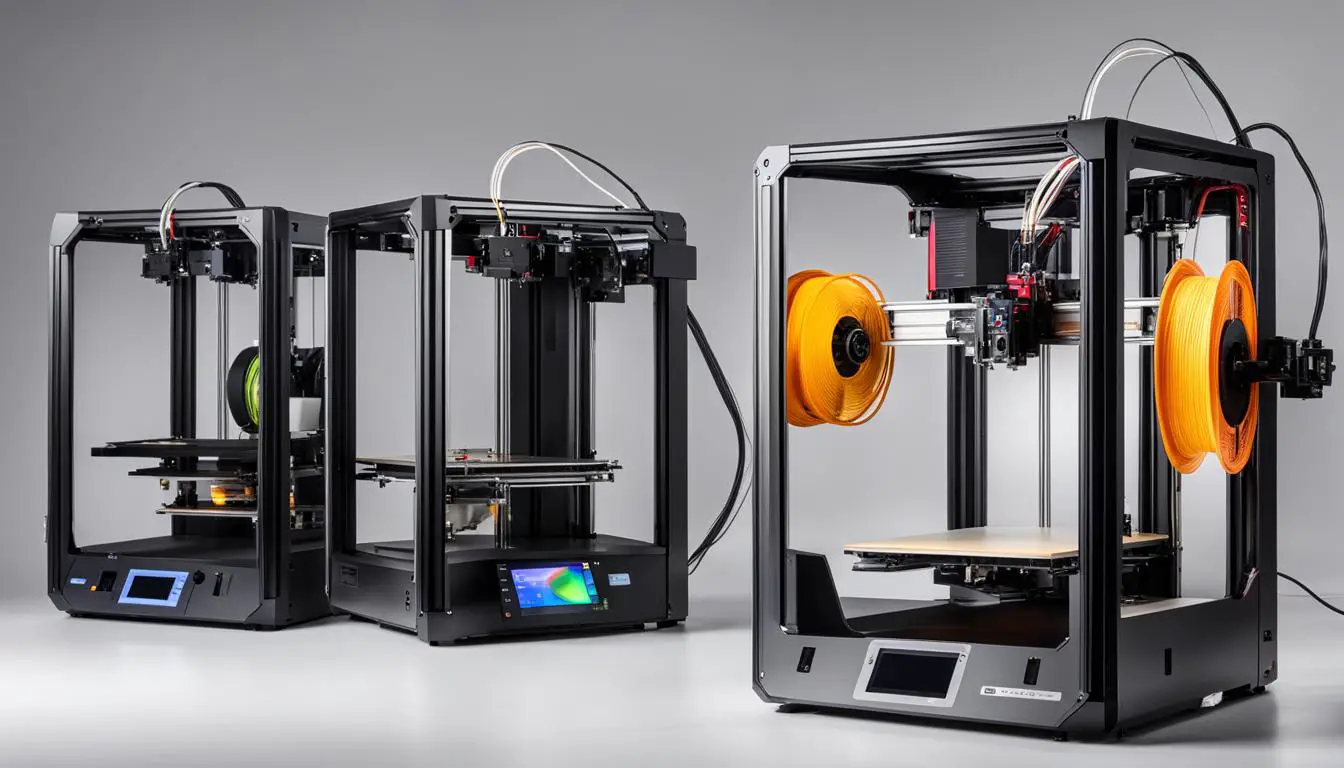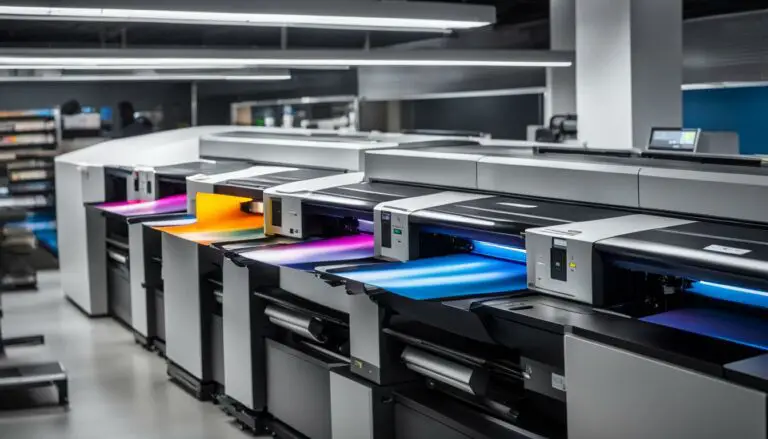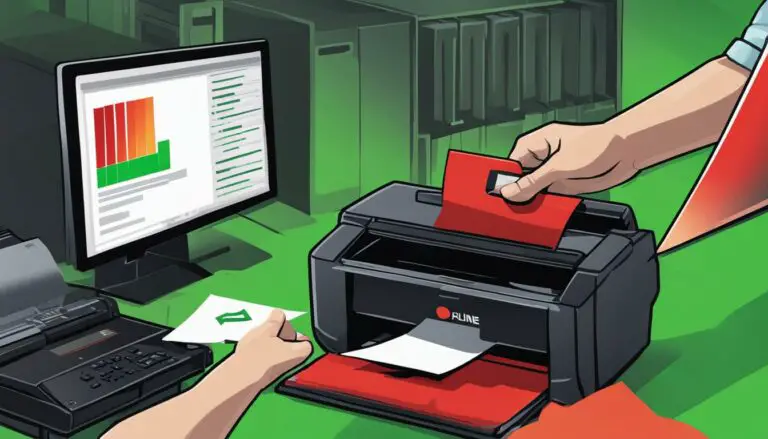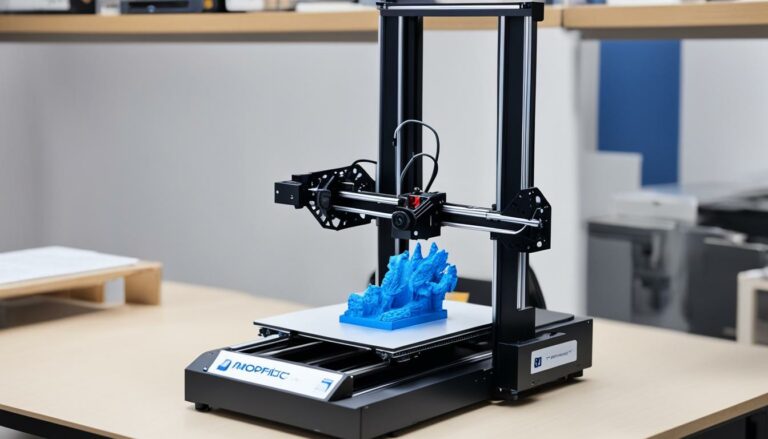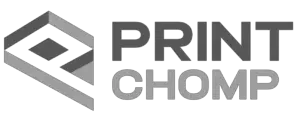Guide to Choose 3D Printer for Your Needs
Originally posted on January 20, 2024 @ 10:11 pm
Are you thinking about buying a 3D printer but feeling uncertain about which one to select? No need to worry, we are here to assist you! With numerous options to choose from in the market, it can be daunting to make a choice. But fret not, as we will walk you through the steps of finding the ideal 3D printer that fits your requirements and budget.
When it comes to choosing a 3D printer, there are several factors to consider. First and foremost, think about how you will be using the printer. Will it be for hobby purposes or for business applications? This will have an impact on the type of printer and materials you should choose.
There are various types of 3D printers available, each with its own advantages and limitations. Some popular options include FDM printers, which are great for beginners and affordable; SLA printers, known for their high-quality and detailed prints; and SLS printers, capable of creating complex and durable objects.
Another important consideration is the materials you will be using. Filament and resin are the two main types of materials used in 3D printing. Filament is commonly used in FDM printers, while resin is used in SLA printers. Each material has its own unique properties and suitability for different applications.
Lastly, it’s crucial to look at the specifications of the printer, such as resolution, speed, supported materials, and print capacity. These specifications will determine the quality and size of the prints you can achieve.
By carefully considering your specific needs, the type of printer, materials, and specifications, you can make an informed decision and choose the best 3D printer for your requirements. Remember, it’s always a good idea to read reviews and compare different models before making a purchase.
Key Takeaways:
- Consider your specific needs and use cases when choosing a 3D printer.
- Explore different types of printers, such as FDM, SLA, and SLS printers.
- Understand the differences between filament and resin materials.
- Pay attention to the specifications of the printer, including resolution, speed, supported materials, and print capacity.
- Read reviews and compare different models to make an informed decision.
Types of 3D Printers
When it comes to 3D printing, there are various types of printers available on the market. Each type offers unique features and benefits that cater to different applications and user preferences. Let’s explore the most common types of 3D printers:
FDM Printers
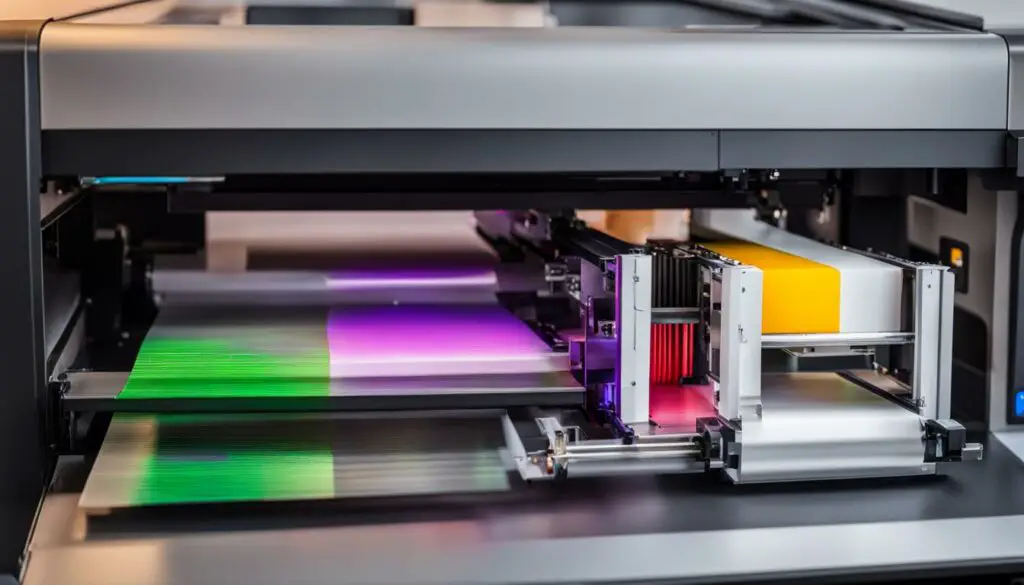
One popular type of 3D printer is the FDM printer, which stands for fused deposition modeling. FDM printers work by melting filament materials, typically plastic, and depositing them layer by layer to create objects. This type of printer is known for its affordability and ease of use, making it a popular choice among beginners and hobbyists.
SLA Printers
Another popular option is the SLA printer, or stereolithography printer. SLA printers utilize a chemical treatment process that involves curing liquid resin with a UV laser. This technique allows for the creation of highly detailed and smooth final prints, making SLA printers an excellent choice for applications that require precision and fine details.
SLS Printers
SLS printers, or selective laser sintering printers, use a high-powered laser to fuse powdered materials, such as plastic or metal, into solid objects layer by layer. This manufacturing process allows for the creation of durable and complex objects with intricate geometries. SLS printers are commonly used in industries that require functional prototypes or end-use parts.
DLP Printers
DLP printers, or digital light processing printers, are similar to SLA printers in that they use a light source to cure liquid resin. However, DLP printers use a digital light projector instead of a UV laser to create patterns and cure the resin. This method enables faster printing speeds, making DLP printers suitable for applications that require rapid prototyping.
SLM Printers
SLM printers, or selective laser melting printers, are primarily used in the field of metal 3D printing. They employ a high-powered laser beam to selectively melt powdered metal materials, allowing for the creation of high-strength metal parts with intricate designs. SLM printers are commonly utilized in industries such as aerospace, automotive, and healthcare where robust metal components are required.
Each type of 3D printer offers its own set of advantages and is suitable for specific applications. Whether you’re a hobbyist or a professional, understanding the different types of 3D printers can help you choose the right one for your needs.
Understanding 3D Printing Materials
When it comes to 3D printing, the choice of materials plays a vital role in determining the quality and characteristics of the final prints. Understanding these materials is essential for achieving the desired results.
Filament: ABS and PLA
Filament is a widely used material in FDM printers, which are popular due to their affordability and ease of use. Two common types of filament are ABS and PLA.
| Type | Description |
|---|---|
| ABS | An inexpensive and durable thermoplastic that offers strength and toughness. It is widely used in various industries and applications. |
| PLA | An eco-friendly material derived from renewable resources such as cornstarch or sugarcane. It is known for its low warping and easy printability. |
Resin: Standard, High-Grade, and Medical-Grade
Resin is commonly used in SLA and DLP printers, which are known for their ability to produce highly detailed and intricate prints. There are different grades of resin available, each with its own properties and suitability for specific applications.
| Grade | Description |
|---|---|
| Standard | A versatile resin suitable for general-purpose 3D printing. It offers a balance between cost and performance. |
| High-Grade | A premium resin that provides improved resolution, surface quality, and mechanical properties compared to standard resin. It is ideal for applications that require enhanced precision and durability. |
| Medical-Grade | A specialized resin formulated for medical and dental applications where biocompatibility and regulatory compliance are crucial. It enables the production of accurate and functional medical models, surgical guides, and prosthetics. |
When selecting the appropriate material for your 3D printing projects, it’s important to consider the specific requirements and intended application of your prints. Whether it’s ABS or PLA filament or standard, high-grade, or medical-grade resin, choosing the right material will have a significant impact on the final outcome of your 3D prints.
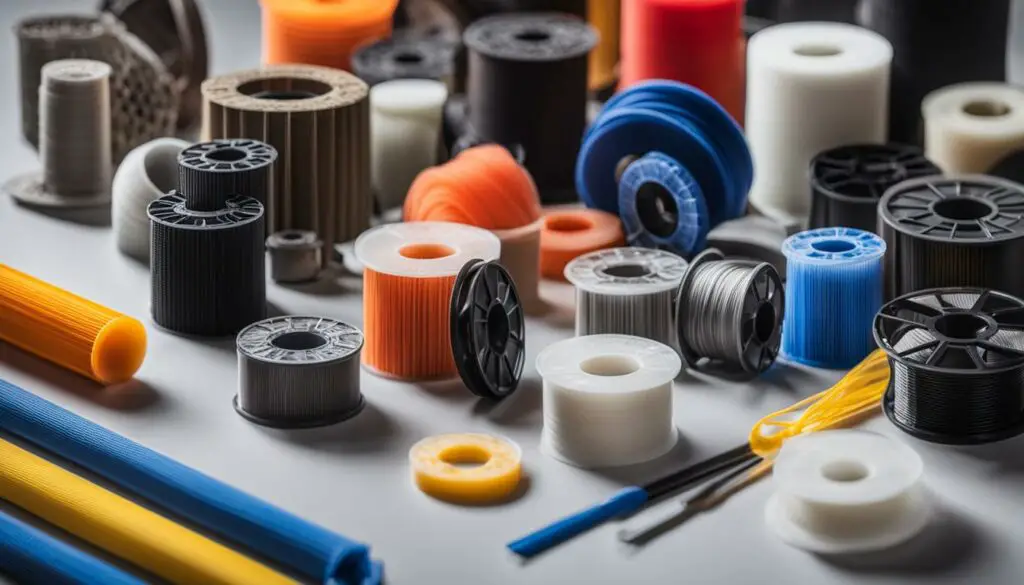
Next section: 3D Printer Specifications.
3D Printer Specifications
When it comes to purchasing a 3D printer, understanding the specifications is crucial. These specifications determine the capabilities and performance of the printer, ensuring that it aligns with your specific needs. Let’s take a closer look at the key specifications to consider:
Resolution
The resolution of a 3D printer refers to the level of detail it can achieve in printing. It is measured in microns, with lower values indicating higher precision. A printer with higher resolution can produce more intricate and refined prints. Consider the level of detail required for your projects and choose a printer with the appropriate resolution.
Speed
The speed of a 3D printer determines how quickly it can produce prints. While faster printers may seem appealing, it’s important to note that higher speeds often come at the expense of print quality. Therefore, it’s crucial to find a balance between speed and print quality that suits your needs.
Supported Materials
Another important specification to consider is the range of materials that a 3D printer can use. Different printers are compatible with specific materials such as filaments or resins. It’s essential to ensure that the printer supports the materials you intend to use, as this will directly impact the types of objects you can create.
Print Capacity
The print capacity, also known as the build area, is the maximum size of objects that a 3D printer can produce. It’s vital to consider the dimensions of your intended prints and ensure that they can fit within the printer’s build area. Determining the appropriate print capacity will ensure that your projects are not limited by size restrictions.
By carefully evaluating these specifications, you can make an informed decision when choosing a 3D printer that meets your requirements. Keep in mind that the optimal specifications will vary depending on your specific needs and preferences.
Conclusion
Choosing the right 3D printer for your needs can be a daunting task. With so many options available, it’s important to consider various factors before making a decision. By considering your specific use cases, the type of printer, materials, and specifications, you can find a 3D printer that is suitable for your requirements.
Research and reading reviews will play a crucial role in finding the best 3D printer within your budget. People’s firsthand experiences can provide valuable insights into the performance and reliability of different models. Additionally, staying updated on the latest advancements in the field will help you make an informed decision.
Keep in mind that the quality and capabilities of 3D printers are constantly evolving. As technology improves, newer models may offer higher resolution, faster speed, and expanded material compatibility. So, it’s important to stay informed about the latest trends and developments in the 3D printing industry.
With the right 3D printer, you can unlock the possibilities of 3D printing and bring your creative ideas to life. Whether you’re a beginner or a seasoned enthusiast, there is a wide range of high-quality and reliable 3D printers available to suit your needs. So, start exploring the world of 3D printing and let your imagination soar!
FAQ
What factors should I consider when choosing a 3D printer?
When choosing a 3D printer, it is important to consider your specific needs and use cases, the type of printer, materials, and specifications. These factors will help you find a 3D printer that suits your requirements and budget.
What are the different types of 3D printers available?
There are several types of 3D printers available on the market, including FDM printers, SLA printers, SLS printers, DLP printers, and SLM printers. Each type has its own advantages and is suitable for different applications.
What materials can be used for 3D printing?
The choice of materials for 3D printing can greatly impact the quality and characteristics of the final prints. Filament, such as ABS and PLA, is commonly used in FDM printers. Resin, including standard resin, high-grade resin, and medical-grade resin, is used in SLA and DLP printers.
What specifications should I consider when purchasing a 3D printer?
When purchasing a 3D printer, it is important to consider specifications such as resolution, speed, supported materials, and print capacity. These specifications will determine the level of detail, speed, material compatibility, and size of objects that can be printed.
How can I choose the right 3D printer for my needs and budget?
To choose the right 3D printer, it is important to consider factors such as your specific use cases, the type of printer, materials, and specifications. Researching and reading reviews can also help you find the best 3D printer within your budget.
